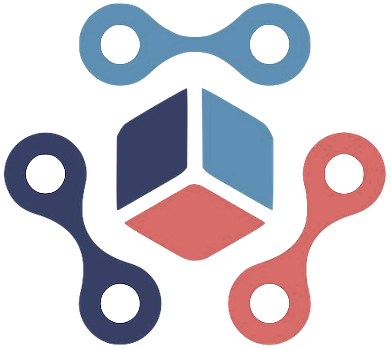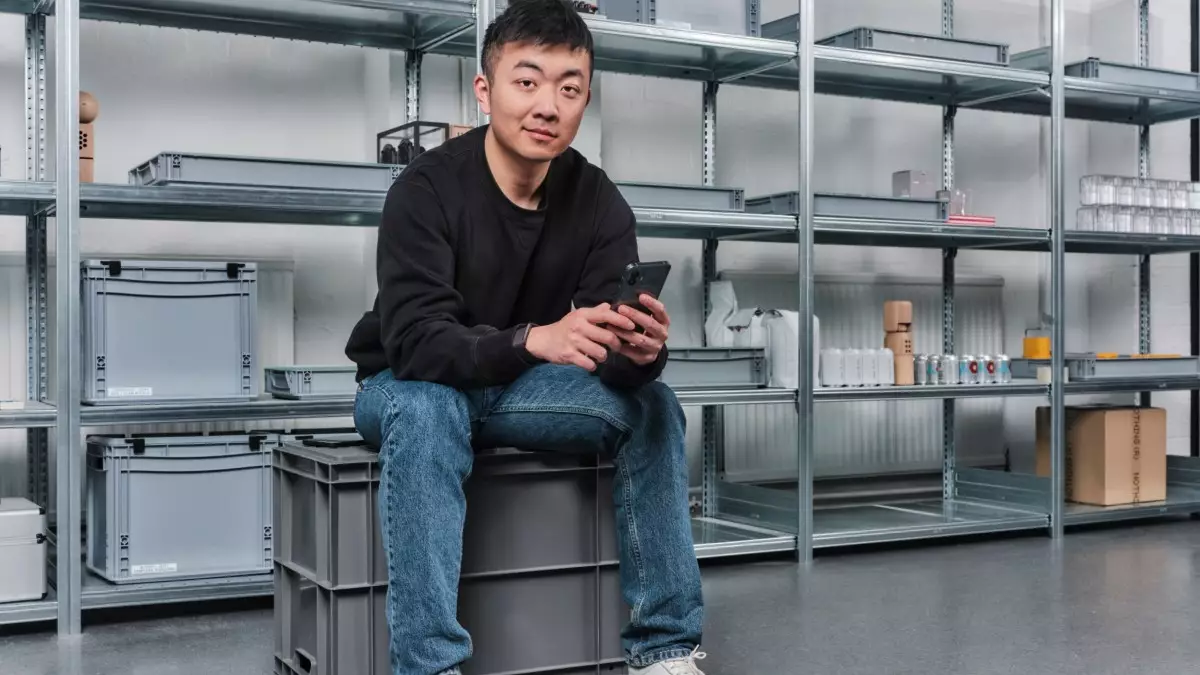In an era dominated by fierce competition and rapid technological evolution, the recent funding victory of the smartphone startup Nothing signals more than just a financial milestone—it marks a bold declaration of its vision to reshape personal technology. Leveraging the credibility of its founder Carl Pei, who is known for the disruptive success of OnePlus, Nothing’s trajectory reflects a strategic intent to combine innovative design with cutting-edge AI features. While the industry has long been saturated with giants, nothing about Nothing suggests complacency; instead, it reveals a visionary startup determined to carve its own niche by emphasizing aesthetics, user experience, and burgeoning AI integration.
What truly distinguishes Nothing is its ability to leverage minimalism and design differentiation to build a formidable brand identity. The company’s transparent smartphone design became a signature, setting it apart from traditional black-box devices. This focus on aesthetics, coupled with a commitment to innovation, positions Nothing as a brand that resonates with a new generation of tech enthusiasts hungry for personalized, visually appealing gadgets. Their recent valuation of $1.3 billion and a total shipment of over 5 million units testify to a startup that is not merely surviving but actively challenging established players in the industry.
Strategic Growth and Market Penetration
Despite its relatively short lifespan, Nothing has demonstrated impressive growth, especially in key markets like India, capturing 2% market share in a competitive space. Although globally it commands less than 1%, this figure highlights an impactful entry into emerging markets where affordability, design, and innovation can resonate deeply. The shipment numbers—over a million units in Q2 2025 alone—illustrate the company’s ability to scale quickly and meet increasing consumer demand.
Yet, one must critically examine the pace of global expansion. The reality is that 80% of units are still sold within Asia, indicating a deliberate focus or perhaps a cautious approach to international markets. This regional dominance could either be a strategic stepping stone or a reflection of early-stage resource allocation, which might limit long-term global market share if not balanced with accelerated expansion strategies. Nonetheless, the company’s growth trajectory, supported by an influx of strategic investors like Tiger Global, Qualcomm Ventures, and Nikhil Kamath, demonstrates an investor confidence that could propel it into broader markets.
Innovating with AI: Ambitions and Challenges
Perhaps the most ambitious frontier for Nothing lies in its profound intent to embed AI deeply within its hardware and software ecosystems. The company envisions an operating system that not only offers personalized experiences but also acts as a seamless extension of its user’s digital life. The hiring of seasoned AI leaders like Sélim Benayat underscores a serious push into this sphere. However, the challenges in executing this vision are non-trivial.
Integrating AI into consumer devices is riddled with technical and trust issues. The industry’s giants, including Apple, have struggled to deliver AI features that are both reliable and intuitive, raising doubts about whether smaller players like Nothing can overcome these barriers swiftly. The current AI features, such as Essential Search, barely scratch the surface of what’s possible—helping users find information quickly but not yet redefining user interaction at a fundamental level. Trust becomes a critical barrier: users must feel confident in AI outputs, which requires not only technological precision but also transparency and ethical deployment.
Critics might view Nothing’s AI ambitions as optimistic, bordering on overreach, especially given the nascent state of AI hardware development. Many startups have stumbled in this domain, with Tooth and claw from smaller firms like Humane and Rabbit emphasizing the uphill battle of competing with tech behemoths. Despite the hurdles, Pei’s assertion that smartphones will remain dominant AI platforms for years aligns with a pragmatic view—hardware provides the ideal interface for pervasive AI experiences.
The Future of Nothing: Beyond Smartphones
The company’s aspiration to go beyond mobile devices into ecosystems powered by AI presents vast opportunities, but also immense challenges. Developing an operating system capable of delivering personalized, trustworthy AI experiences requires substantial investments in R&D, talent acquisition, and user trust-building—all of which require patience and resilience.
Nothing’s plan to launch an AI-first device next year signals a strategic focus on integrating AI into user-centric hardware. Yet, the history of AI hardware startups offers sobering lessons: failure often comes not from lack of innovation but from difficulty in gaining user acceptance and market traction. The fate of companies like Humane and Rabbit serves as cautionary tales about the high bar in this space. For Nothing, success will not hinge solely on hardware and software, but on cultivating confidence among consumers in AI’s helpfulness and safety.
As the company continues its journey, its ability to balance innovation with trust, aesthetics with usability, and ambition with execution will determine whether it can truly disrupt or simply follow the relentless march of technological evolution. For now, Nothing remains a startup with a compelling narrative—one that boldly challenges the status quo and dares to reimagine our future digital experiences.

